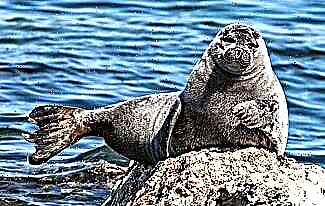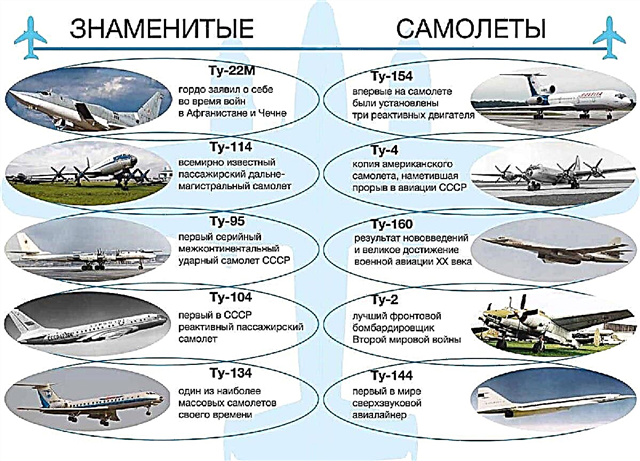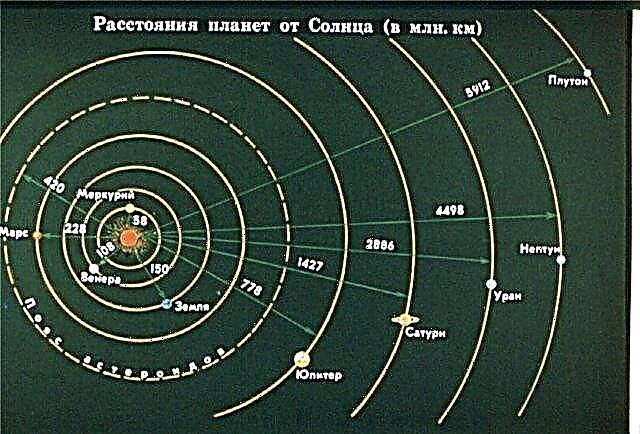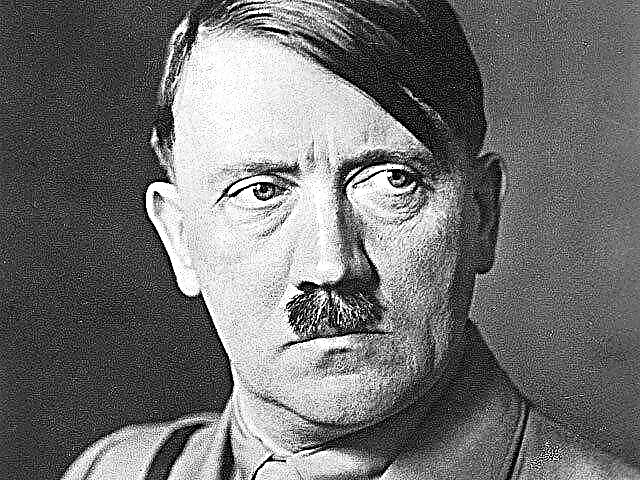Yakuza - a traditional form of organized crime in Japan, a group that occupies a leading position in the criminal world of the state.
Yakuza members are also known as gokudo. In the world press, the yakuza or its individual groups are often called the "Japanese mafia" or "borekudan".

The yakuza focuses on the values of the patriarchal family, the principles of unconditional obedience to the boss and strict adherence to a set of rules (the mafia code), for violation of which there is severe punishment.
This group has an impact on the economic and political life of the country, having many distinctive and unique features.
30 interesting facts about the yakuza
The Yakuza does not have strictly defined territorial zones of influence and does not seek to hide from the public its internal hierarchy or the composition of the leadership. As a consequence, many such groups have official emblems and registered headquarters.
According to unofficial data, today in Japan there are approximately 110,000 active members of the yakuza, united in 2,500 groups (families). In this article, we'll take a look at the most interesting facts about this complex and exciting criminal community.
Sinister encounters
The Yakuza operates drinking establishments, the so-called Host / Hostess clubs, where customers have the opportunity to chat with the host or hostess and even have a drink with them. The owners meet the visitors of the club, make them sit at tables and offer a menu.
And although such work seems completely harmless, in reality everything looks different. Japanese girls sometimes visit these clubs to feel like adults. The owner encourages them to order more expensive drinks, and when they run out of money, the girls are forced to pay off their debts through prostitution.
But even worse, the Yakuza have a system in which such girls remain forever in sexual slavery.
Political participation
The Yakuza are supporters and sponsors of the Liberal Democratic Party of Japan, which has existed since the middle of the last century. In the 2012 elections, the LDP established control over the current government, gaining about 400 seats in the lower and upper chambers.
Bloody Yakuza Civil War
One of the largest Yakuza wars in history happened in 1985. After the death of the patriarch-father of Yamaguchi-gumi Kazuo Taoka, he was replaced by Kenichi Yamamoto, who was then in prison. To the delight of the police, he died while serving his sentence. The police elected a new leader, but a man named Hiroshi Yamamoto was vehemently against it.
The man organized the Itiva-kai criminal group and shot the elected leader, which started the war. By the end of the conflict, which continued over the next 4 years, about 40 people had died. The bloody confrontation between the yakuza and its rebel warlords was watched all over Japan. As a result, the rebels admitted defeat and begged for mercy.
Samurai heirs
The yakuza have many similarities with the samurai class. Her hierarchical system is also based on unquestioning obedience and honor. In addition, to achieve their goals, members of the group, like samurai, resort to violence.
Circumcision
As a rule, the yakuza punish them by cutting off a part of the little finger, which is then presented to the boss as an excuse for the misconduct.

Different views
In the world press, the yakuza are called "borekudan", which translates as - "violent group." Members of the group find this name offensive. An interesting fact is that they themselves prefer to call themselves "Ninkyō dantai" - "organization of knights."
Part of society
Yakuza participants are officially considered full Japanese citizens who pay taxes and have the right to social assistance, in the form of pensions, etc. The police believe that if the activities of the yakuza are completely banned, then this will force them to go underground and then they will pose an even greater danger to society.
Origin of name
The Yakuza got their name from the Bakuto people, who were itinerant gamblers. They lived from the 18th to the mid-20th century.
Operations in the USA
Today the yakuza have expanded their activities in America. Members of the Sumiyoshi-kai Syndicate work with local gangs in robbery, sex work, financial and other crimes. The US government has imposed sanctions on 4 Yakuza bosses who are part of the largest group in the state, Yamaguchi-gumi.
Criminal origins
It is believed that the yakuza originated in the middle of the Edo period (1603-1868) from 2 separate rogue groups - Tekiya (peddlers) and Bakuto (players). Over time, these groups began to climb the criminal hierarchical ladder, reaching great heights.
From head to toes
Yakuza members are known for their tattoos that cover their entire body. Tattoos represent a symbol of wealth and also show male stamina, since the process of getting tattoos is painful and takes a lot of time and effort.

Pyramid
The hierarchical yakuza system is formed in the form of a pyramid. The patriarch (kumicho) is at its top, and below, respectively, are his subordinates.
The relationship between son and father
All the yakuza clans are linked by the oyabun-kobun relationship - roles comparable to the relationship of a mentor and student, or father and son. Any member of the group can be either a kobun or an oyabun, acting as a boss for those who are below him, and obeying those who are higher.
Helping hand
Although the yakuza have a reputation as a criminal organization, its members often help compatriots. For example, after a tsunami or earthquake, they provide various kinds of assistance to the poor in the form of food, vehicles, medicine, etc. Experts say that in this way, the yakuza simply resort to self-promotion, rather than really sympathize with ordinary people.
Yakuza assassins?
Despite the fact that many speak of the yakuza as assassins, this is not entirely true. In fact, they try to avoid killing, preferring more "humane" methods, including cutting off a finger.
Sex and trafficking
Today, human trafficking in Japan is overwhelmingly supervised by the yakuza. The business gained even more traction through the porn industry and sex tourism.
Division by 3
The Yakuza organization is divided into 3 key syndicates. The largest of these is Yamaguchi-gumi (55,000 members). An interesting fact is that this syndicate is one of the richest criminal organizations on the planet, owning billions of dollars.
Stigma
The wives of the yakuza members wear the same tattoos on their bodies as their husbands. In this way, they show their loyalty to the spouses and the group.

With honor
A violent death for yakuza members is not terrible. Rather, it is presented in the form of something honorable and worthy of honor. Again, in this regard, they are similar to the views of the samurai.
Positive image
In 2012, Yamaguchi-gumi distributed a newsletter to his members to boost morale. It suggested that young members should respect traditional values and participate in charities. However, experts regard such actions exclusively in the form of a PR campaign.
Do it for me
Sakazuki ritual is an exchange of sake cups between oyabun (father) and kobun (son). This ritual is considered the most important among the yakuza, representing the strengthening of relations between its members and the organization.
Male world
There are very few high-ranking women in the yakuza system. They are usually the spouses of the bosses.
Cramming
To join the yakuza, a person must successfully pass the 12-page exam. The test allows management to ensure that the recruit is well aware of the law so that he will not get into trouble with law enforcement.
Corporate blackmail
Yakuza resort to the practice of large bribery or blackmail (sokaya), wanting to be among the shareholders of the company. They find incriminating evidence on high-ranking officials and threaten to disclose this information if they do not give them money or a controlling stake.
Openness
The Yakuza do not seek to hide their headquarters and even have appropriate signage. Thanks to this, bosses can, in addition to criminal schemes, additionally conduct a legitimate business, paying taxes to the state treasury.

Rebuff
Sokaya became so popular that bills were passed in Japan in 1982 to prevent them. However, this did not change the situation much. The most effective way to counter the yakuza is to schedule shareholders' meetings on the same day. Since the yakuza could not be absolutely everywhere, this made it possible to significantly reduce the number of incidents.
Adding a finger
An interesting fact is that in the children's cartoon about Bob the Builder, the main character has 4 fingers, while in Japan the same character has 5 fingers. This is due to the fact that the Japanese government did not want the children to think that Bob was in the yakuza.
Black market
In Japan, tattoos cause an extremely negative reaction among the population, since they are associated with the yakuza. For this reason, there are few tattoo artists in the country, since no one wants to be associated with the yakuza by others.
Samurai sword
The katana is a traditional samurai sword. It is curious that this weapon is still used as a murder weapon. For example, in 1994, Fujifilm vice president Juntaro Suzuki was killed with a katana for refusing to pay the yakuza.
Japanese godfather
Kazuo Taoka, known as the "Godfather of the Godfathers," was the third leader of the largest yakuza organization between 1946-1981. He grew up an orphan and eventually took up street fighting in Kobe, under the leadership of his future boss, Noboru Yamaguchi. His trademark punch, fingers in the eyes of the enemy, earned Taoka the nickname "Bear".
In 1978, Kazuo was shot (in the back of the neck) by a rival gang in a nightclub, but he still survived. A few weeks later, his abuser was found dead in a forest near Kobe.









